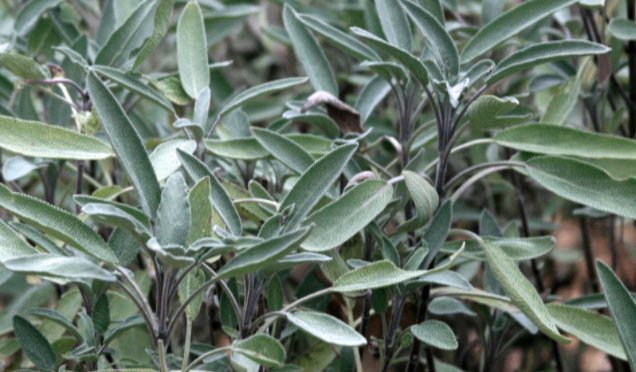Having fresh herbs growing right out your door is fantastic for any food lover. They add so much flavor and save you money on expensive store-bought herbs.
Thankfully many great culinary and medicinal herbs are easy to grow perennials. Here’s how to start your own perennial herb garden.
Perennial Herbs
Here are a few of the perennial herbs you might consider adding to your garden.
- Chives (Perennial in zones 3-10)
- Sage (Perennial in zones 4-10)
- Rosemary (Perennial in zones 7-10)
- Lemon Balm (Perennial in zones 5-10)
- Mint (Perennial in zones 5-10)
- Oregano (Perennial in zones 5-10)
- Anise Hyssop (Short-lived perennial)
- Salad Burnet (Perennial in zones 4-10)
- Fennel (Perennial in zones 6-10)
- Bergamot (Perennial in zones 4-10)
- Cranberry Hibiscus (Perennial in zones 9 and 10)
- Lavender (Perennial in zones 5-10)
- Sweet Marjoram (Perennial in zone 10)
- Mexican Mint Marigold (Perennial in zones 8-10
- Thyme (Perennial in zones 6-9)
- Roselle (Frost-tender perennial)
- Sorrel (Perennial in zones 4-10)
- Echinacea (Perennial in zones 3-9)
- Feverfew (Perennial in zones 4-10)
- Catnip (Perennial in zones 4-10)
- White Horehound (Perennial in zones 4-10)
Starting from Seed
You can start many perennial herbs from seed. However, some herbs can be trickier than vegetable crops. Be sure to read the growing instructions carefully. For example, lavender can take 30 days to germinate, echinacea requires cold stratification, and thyme germinates best between 55-60°F.
A few other tips:
- For starting herbs indoors, be sure to use a well-draining potting mix.
- To direct sow herbs, prepare your soil well. Add compost, fork, and rake the soil smooth.
- Keep soil moist (a mister is great for small seeds) but not soggy.
Some perennial herbs are also easy to divide and transplant. If you know someone with a big patch of mint, lemon balm, thyme, chives, or oregano, ask if you can have a start.

Selecting a Garden Site
Generally, the best site for an herb garden is as close to your door as possible. Being able to quickly pop out to the garden and snag some fresh herbs will encourage you to use them.
Sunlight and drainage should also be considerations. Many herbs like rosemary and sage prefer full sun and well-drained soil. They may not thrive tucked away on the shady side of a home. However, some herbs like mint, bergamot, lemon balm, and chives will tolerate partial shade and thrive in moist soil.
Plant Care
While your herbs are getting established, it’s essential to water consistently. It’s best to water in the morning or evening. You should also keep them well-weeded. Even herbs as tough as mint can be overtaken by weeds when they’re first getting started. Mulching around them is a good idea.
Once your herbs start to take off, you may want to prune them a bit. When they grow above 8 inches, you can prune herbs’ tips like oregano, mint, rosemary, and sage to encourage root growth and bushier, fuller shape. Clip off the tops just above a set of leaves.
Harvest
Avoid harvesting until plants are displaying vigorous growth. They should be a least 6 inches tall and well established. You want them to become healthy plants for the long haul!
Never harvest more than 1/3 of a plant at a time and discontinue large harvests about one month before your first frost.
If you’re harvesting to dry herbs for storage, it’s ideal to do some around midsummer. This is when they’ll be the most potent and flavorful.
Check out these posts for advice on preserving and using medicinal and culinary herbs:

